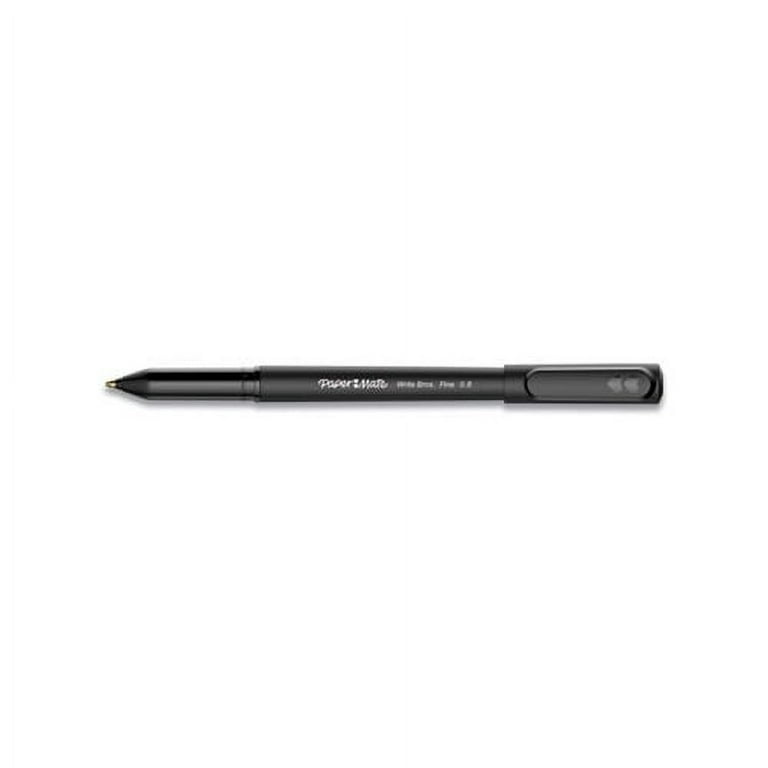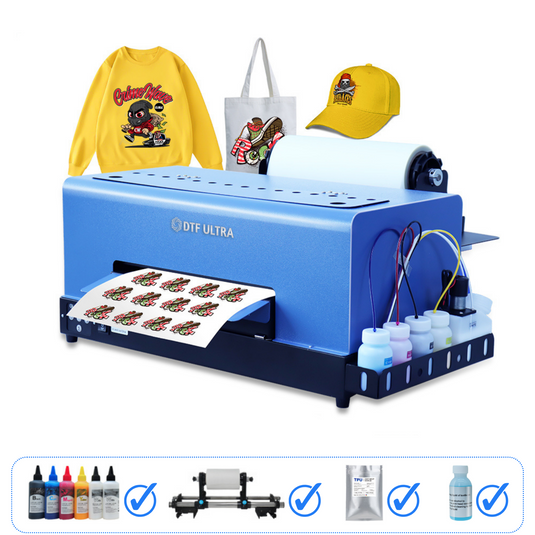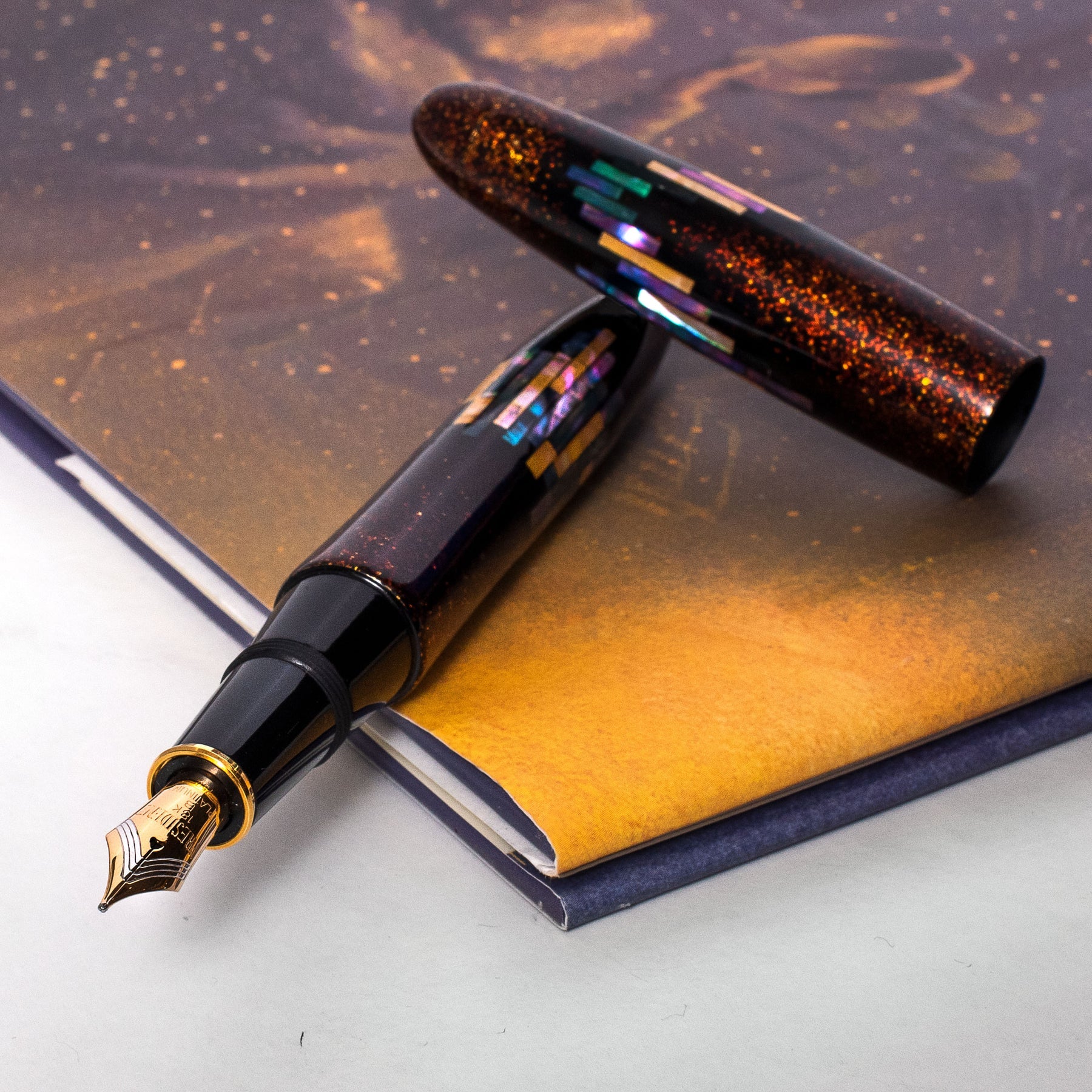
How to Write With a Fountain Pen: Step-by-Step Tutorial – Truphae
Follow this easy tutorial and master the art of writing with a fountain pen. Discover tips, tricks, and best practices.
Introduction
Pen aficionados who want to improve their handwriting or just enjoy the experience of effortless writing would greatly benefit from writing with a fountain pen. But if you’ve never used a fountain pen before, you may need some time to get used to it.
If you’re thinking about starting or you’re already in the process of learning how to write with a fountain pen, you’ll find our advice beneficial. Since we’ve been buying, selling, and using fountain pens for years, we’ll give you the best tips and tricks about writing with a fountain pen.
In this tutorial, we’ll guide you through the process of pen selection and mastering a proper writing technique so that by the end, you’ll be able to write like a pro.
Let’s get started so you can start experiencing the joy and satisfaction that comes from using a fountain pen.
Choosing Your Fountain Pen Supplies
First things first, find a fountain pen that best fits your needs. We’ve already covered multiple topics related to this, so check out best fountain pens, best fountain pens for beginners, best EDC pens, or some of the other articles on our blog posts for the best purchasing tips and fountain pen recommendations. One of our top choices that perfectly balances quality and affordability is the LAMY Safari.
Next, you’ll need to choose the proper ink for your pen. Inks come in various colors and at different price points, so check out the best fountain pen inks to find your match.
Last but not least, you’ll need quality paper to write on, and the Truphae store has a wide selection of notebooks for your every need. So, whether you need a bullet journal or a notepad, we’ve got you covered.
Montblanc Fine Stationary Notebook
When you have all your essentials, it’s time to start honing in on your fountain pen writing skills.
Holding the Fountain Pen
Once you’ve filled your fountain pen with ink, you can start learning how to write with it, and the first step is to learn the proper way of holding a fountain pen.
To Post or Not to Post
The first thing you’ll need to decide is what to do with the cap when you take it off. You can either post the cap (attach it to the back of your pen) or write with an unposted pen. Most fountain pens are designed to be used with the cap posted, however, if you have smaller hands, remove it so the pen is a bit shorter and lighter.
LAMY Safari USA Independence Fountain Pen
Holding the Pen Properly
The ideal position to hold your pen is to place it between your thumb and index finger in the tripod position. In this position, the barrel rests over the knuckle on your middle finger, and the ring and pinky finger rest against the writing surface, making the grip more stable. To make the most out of writing with a fountain pen, hold the nib at a 40 to 55-degree angle from the writing surface.
The Nib Sweet Spot
You’ll know that you’ve found the sweet spot when the nib leaves a nice ink trail on your paper without using much pressure. When writing, the tines and feed should separate slightly to let the ink flow freely. If the nib skips while you’re writing, it isn’t in the proper position, but you’ll find the right angle eventually.
Just be careful not to constantly rotate your writing tools so you don’t damage the tines.
Writing Movement
Apart from holding the pen right, the right writing movement makes a huge difference in terms of how smooth your writing experience will be.
Write With Your Arm
To prevent your fingers from getting exhausted as you’re writing, you need to write with your whole arm to keep the pen in its sweet spot instead of bending and flexing your fingers and wrist to control the pen. By writing with your entire lower arm, you’re using the large muscles in your hand, preventing it from straining.
Reduce Pressure
When ballpoint pen users switch to a fountain pen, they initially use too much pressure because that’s what they’re used to. This can damage the tines and ruin your fountain pen, so instead of pressing too hard, write with a light touch and guide the pen across the paper, and the ink should come out smoothly.
Picking a Fountain Pen
Choosing the right fountain pen makes a huge difference in terms of the quality of your writing. Pens come in different sizes, and so do nibs, so check out our recommendations below that will help guide your fountain pen selection.
The Size of Your Hand vs the Size Of the Pen
For the best experience, choose a pen size based on your hand size to prevent fatigue and cramping. Slim fountain pens with contoured grips work perfectly for smaller hands and slimmer fingers. On the other hand, long and thick pens will be much more suitable for people with larger hands.
Choosing the Nib Type Based on Your Handwriting
The type of characters you’re writing will determine the type of pen you should purchase. Pens with finer nibs work best for people who write with Asian characters, while Western script can be written with most types of nibs. A great in-between option is a flex nib that allows you to change the thickness of your line, depending on how much pressure you apply when writing.
The Size Of Your Handwriting
The size of your handwriting also determines what type of nib you should choose. Finer nibs are more suitable for smaller handwriting and make it more legible. Broader nibs are best used if your handwriting is tall and wide. For the members of the former group, Japanese pens would be the most suitable, and those in the latter group should opt for broad Western fountain pen nibs.
Writing Speed
Another factor to take into consideration when choosing your ideal pen is the speed of your writing. Lighter pens with a broader nib are best suited for jotting down quick notes, writing to-do lists, and for longer writing sessions. If you’re looking for such recommendations, check out our best pens for note-taking and best EDC pens.
When writing cards and personal letters or doing a calligraphy project, you’re writing more deliberately and slowly, therefore, you’ll need a heavier pen. A great pen for writing meticulously is the Pilot Vanishing Point fountain pen.
Tips for Using Your Fountain Pen
The more you use your fountain pen, the more you’ll get used to the way you need to hold it and the proper writing movements, and this is where daily practice can help you. To make your experience even better, we’ve listed a few additional tips.
Choosing the Right Paper
Not all papers are made the same, so there are some pens that work better when writing with a fountain pen than others. The thinner your paper, the more likely the chance of experiencing bleeding and feathering. To get the most out of your fountain pen, try out different types of paper.
Trying Out Various Ink Types
The technology behind the production of ink has developed so much that you can now find different colored ink, ink that changes colors, and even fast and slow-drying ink. Choose the one that best fits the task at hand.
Try out the Pilot Irishizuku Ink
Changing the Nib
Nibs come in different sizes and shapes. Some are great for note-taking, others are great for calligraphy and drawing, and a number of manufacturers even produce nibs for left-handed pen enthusiasts, such as the stainless steel fountain nib by LAMY.
Practice Makes Perfect
If you want to become a pro fountain pen writer, you’ll need to practice in order to improve your handwriting. There are a lot of online sources that have downloadable worksheets to practice your handwriting.
Clean Your Pen Regularly
If you’ve ever used a fountain pen, you probably know that because of the water-based ink, these pens can dry out if they’re left uncapped. In this case, you’ll need to clean your pen to get it back to normal.
You can clean the nib by running some clean water over it, or if you’ve left it open for a longer time, you can submerge it in a cup of water and draw water in and out of the converter. After cleaning the pen a few times, you’ll get used to the process and it will become second nature.
To prevent your pen from drying out, always keep it capped when it’s not in use, and clean it every time you refill your converter or swap your cartridge.
FAQs
Is there a trick to writing with a fountain pen?
The trick when writing with a fountain pen is to hold the pen at the right angle, in this case at an angle between 40 and 55 degrees for the ink to flow easily. Use your lower arm when writing to prevent your hand from cramping, and use less pressure than you would when writing with a ballpoint pen to prevent damaging the tines.
How do you write with a fountain pen for the first time?
Here are some useful tips for newbie fountain pen users:
Write with light strokes and only apply light pressure for a smooth ink flow
Write with your whole lower arm instead of just your fingers
Use a fast-drying ink if you’re left-handed
Use a lighter fountain pen until you get used to writing with it
Which nib is best for writing?
Finer nibs are best for pen enthusiasts who have smaller and more precise handwriting, while medium and broad nibs are best for people with larger handwriting.
Conclusion
Now that you’ve reached the end of our comprehensive guide that walks you through the process of writing with a fountain pen, we trust that you can choose a pen and start practicing. Since writing with a fountain pen is not just very practical but it’s also a fun experience, we trust that it’ll be an enjoyable endeavor.
Just keep in mind that writing with a fountain pen is a marathon, not a sprint and it may take you a while to perfect your technique. If you’re patient and you practice often, you’ll soon be able to produce elegant letters and impress everyone by creating customized cards and letters, so grab your fountain pen and start practicing.
If you’ve been using a fountain pen for a while and you have some great recommendations for fountain pen beginners, feel free to leave them in the comment section below. And if you have additional questions about certain aspects of writing with a fountain pen, we’d love to answer them and help you get started.
We wish you all the best on your fountain pen writing journey!

ULTIMATE BEGINNER'S GUIDE TO FOUNTAIN PENS! ✒️
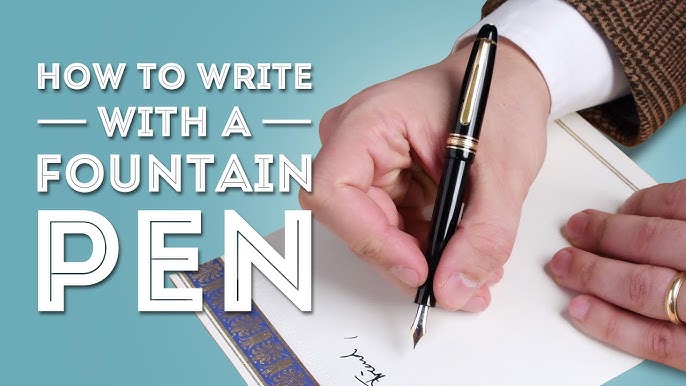
Fountain Pen Mistakes All Beginners Make & How To Avoid Them - Gentleman's Gazette

Visconti Opera Gold Black Fountain Pen – Truphae

Tesco Till Receipt Editorial Stock Photo Stock Image, 56% OFF
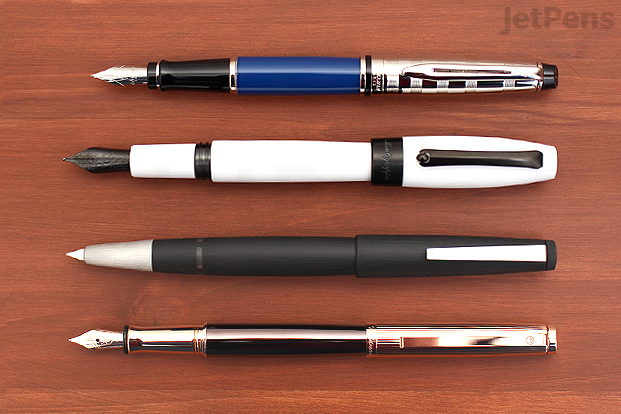
The Best Luxury European Fountain Pens JetPens, 49% OFF

How to Write With a Fountain Pen: Step-by-Step Tutorial – Truphae
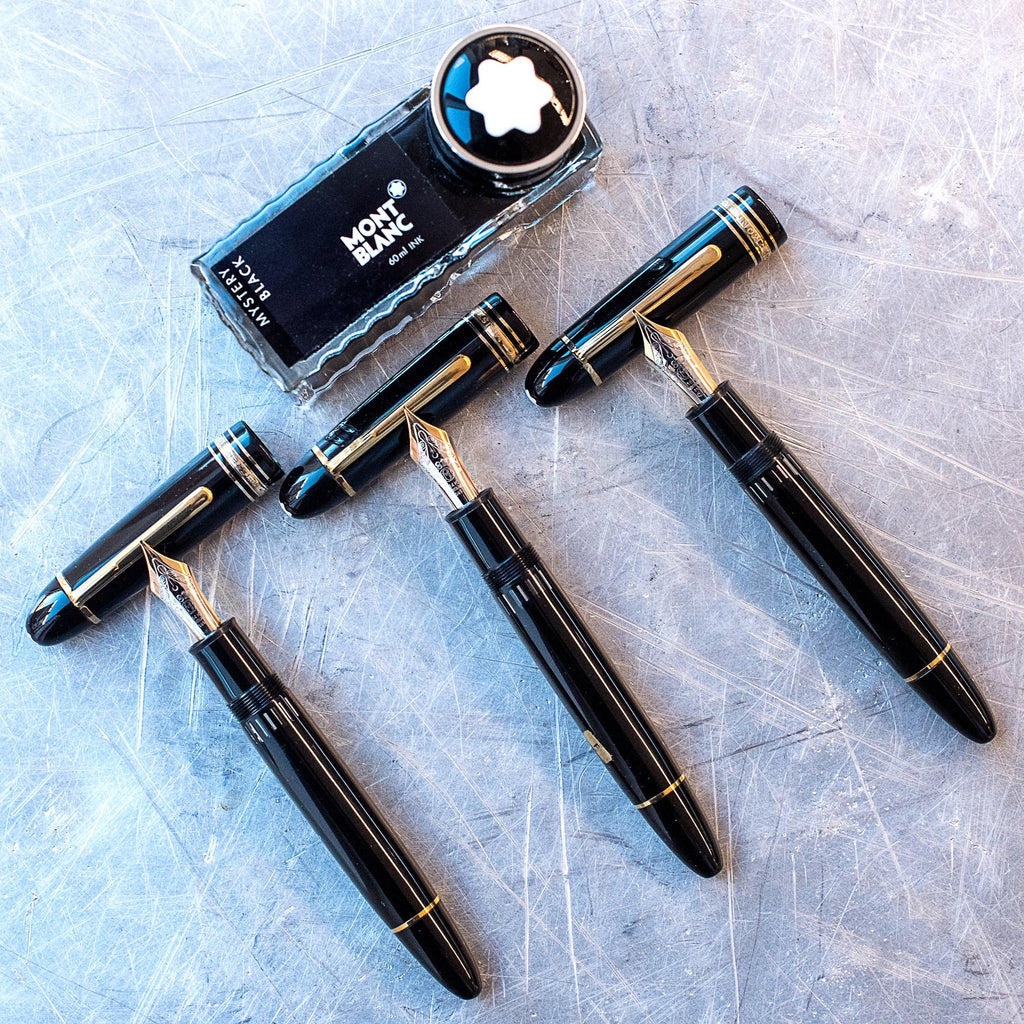
Montblanc Meisterstuck : Master Strokes From A Signature Brand – Truphae
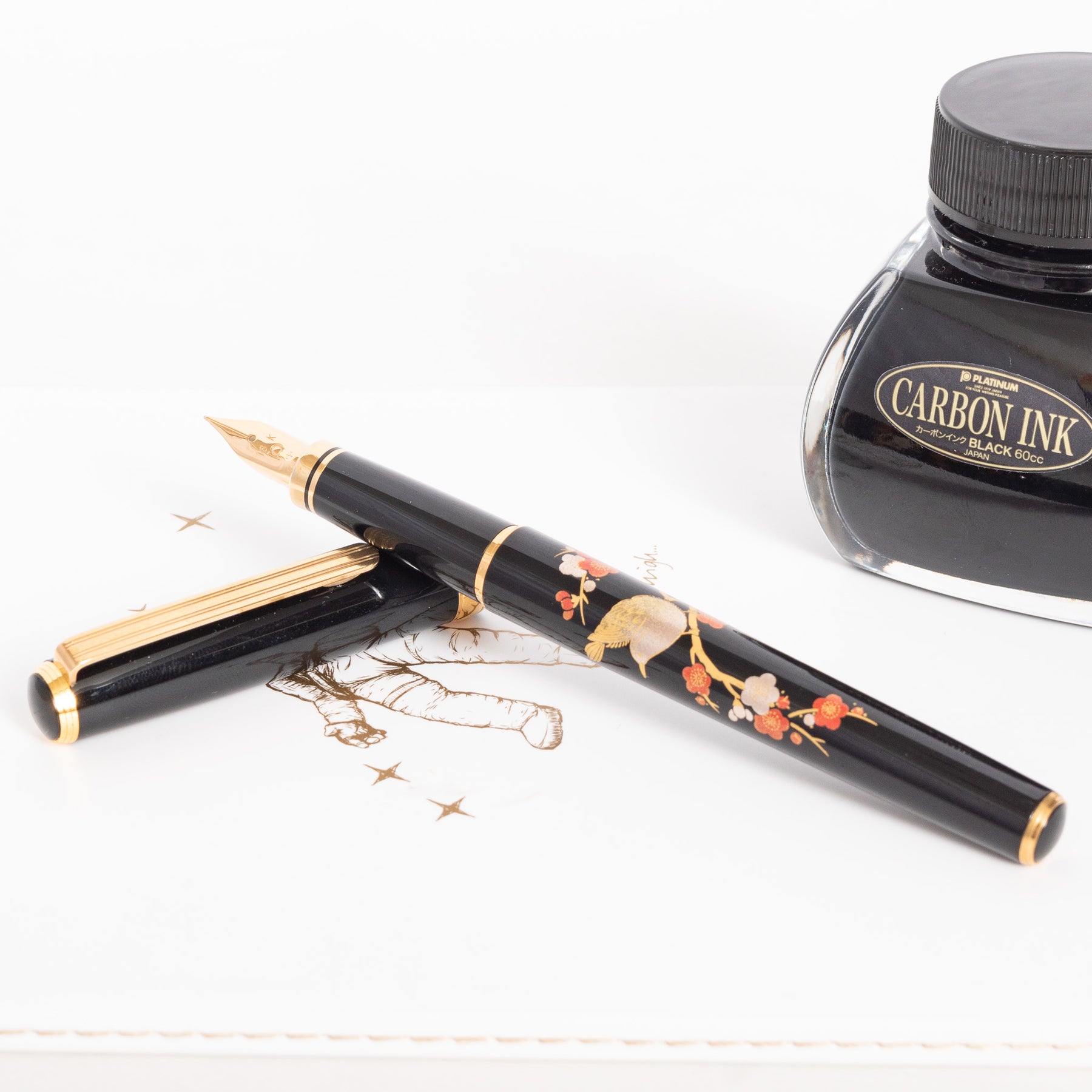
Platinum Classic Maki-e Warbler Design Fountain Pen – Truphae

At Master · WAGO/aws-iot-greengrass · GitHub, 51% OFF

Skipping with Light Pressure - Repair Q&A - The Fountain Pen Network

How to Write with a Fountain Pen

The Best Luxury European Fountain Pens JetPens, 49% OFF

Montblanc Meisterstück 149 - Fountain Pen Reviews - The Fountain Pen Network

How to Write with a Fountain Pen


